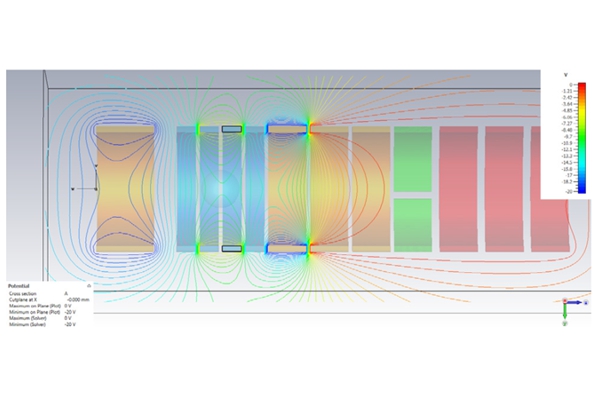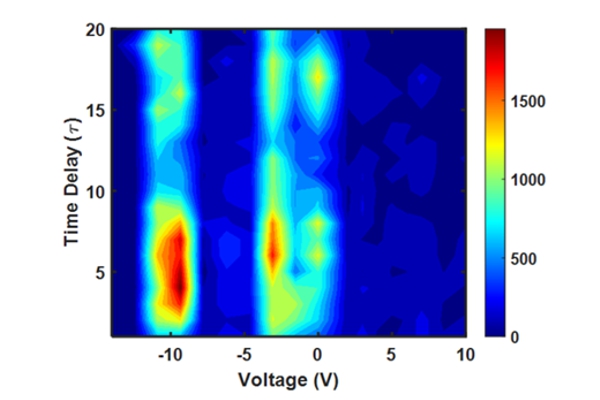Liverpool Researchers Contribute to IPAC24 with Antiproton Confinement Study

The 15th International Particle Accelerator Conference (IPAC'24), was held from 19th – 24th May 2024 in Nashville, Tennessee. The Music City Center hosted the prestigious event, bringing together the global particle accelerator community. IPAC is the world's largest conference dedicated to particle accelerator science and technology. This year's edition attracted over 1,200 attendees and 80 industry exhibitors, showcasing cutting-edge research in the field. The conference provided a platform for scientists and engineers to discuss the latest breakthroughs and challenges in particle accelerators.
The AEgIS collaboration was represented at the conference with a poster and paper prepared by Dr Bharat Rawat and colleagues from the QUASAR Group, University of Liverpool.
The AEgIS (Antimatter Experiment on Gravity, Interferometry and Spectroscopy) project, based at CERN's Antiproton Decelerator (AD) facility, has undergone significant enhancements, capitalizing on the increased quantity of colder antiprotons made available by the new Extra Low Energy Antiproton Ring (ELENA) decelerator. These improvements aim to create a horizontal beam and enable a direct investigation into the impact of gravity on antihydrogen atoms. This exploration seeks to probe the Weak Equivalence Principle for antimatter.

Maximum stable areas for different values of voltages and time delays.
The study described the design and optimization of circular ring electrodes and an axial magnetic field used to trap antiprotons within the AEgIS experiment. The team utilized a series of electrostatic particle-in-cell (PIC) simulations to study the behaviour of trapped antiprotons. These simulations allowed them to generate a parabolic potential well to effectively confine the antiprotons, essential for subsequent experimental procedures.
The work involved creating a 3D model of the electrostatic trap and simulating the antiproton behaviour under different bias voltage settings applied to the electrodes. The researchers demonstrated that adjusting the potentials of the inner electrodes could control the density and stability of the trapped antiprotons. The results indicated zones of stable operation for effective antiproton trapping.
The findings of this research are important for setting and optimizing the operating conditions of the AEgIS trap, ensuring a stable and cold population of trapped antiprotons for creating antihydrogen atoms, required to pave the way for future research into the gravitational behaviour of antimatter.
The full paper is available via the following link: https://www.jacow.org/ipac2024/doi/jacow-ipac2024-wepr75/index.html